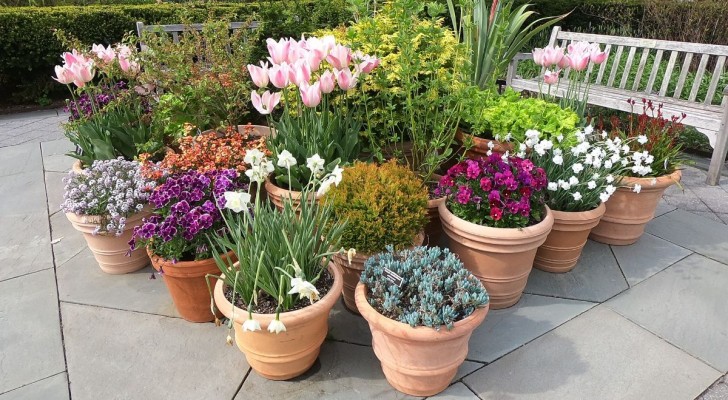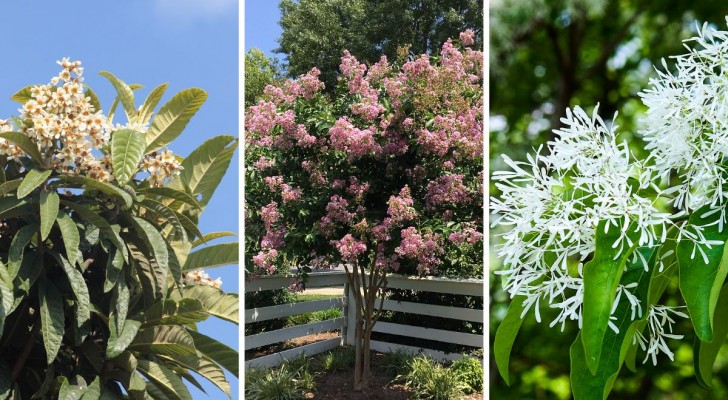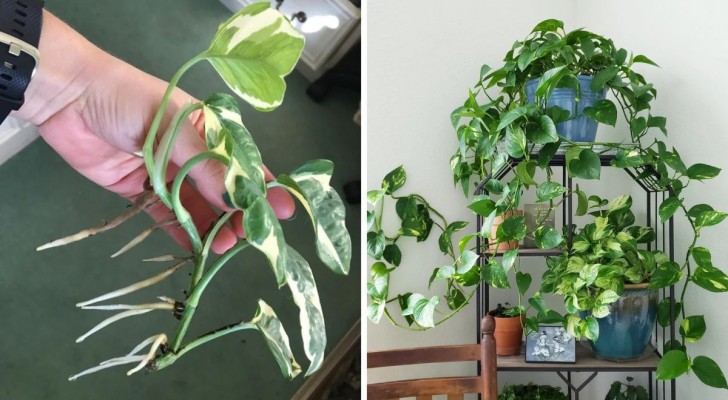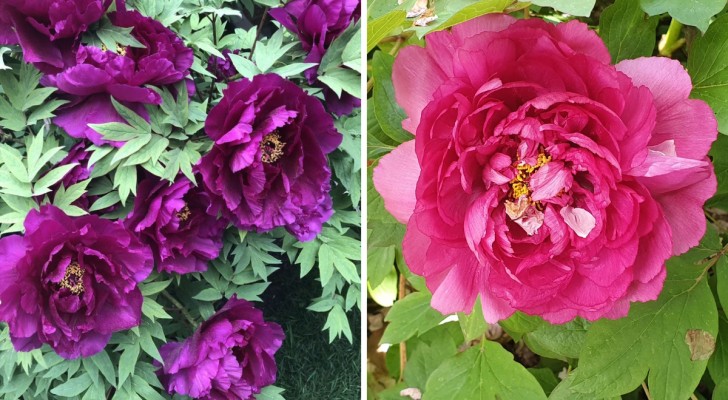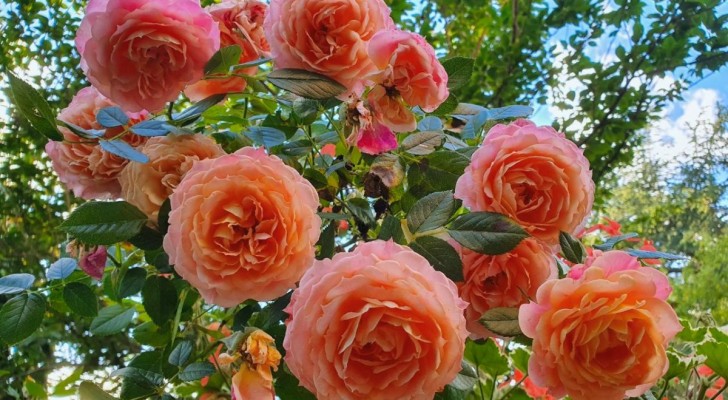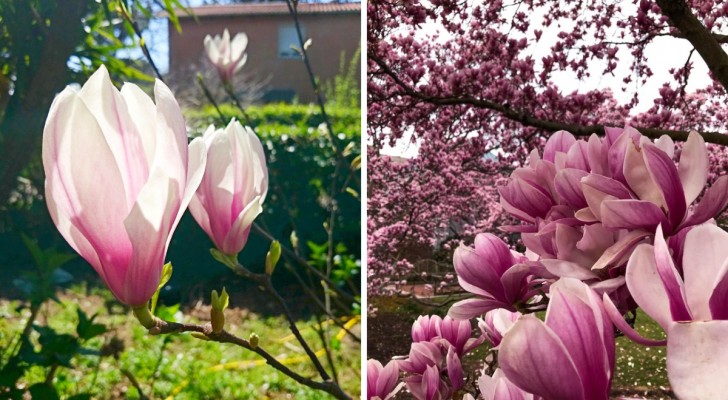Spathiphyllum: useful tips for growing these lush and beautiful plants
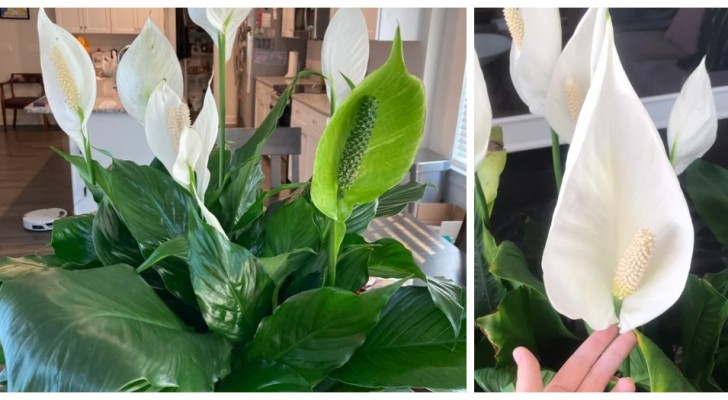
Among the plants that we most often see in homes and offices is the Peace Lily or Spathiphyllum (sometimes also called spatafillo). This popularity is not only due to the fact that it is a very elegant looking plant, with large leaves of dark and shiny green and white flowers that stand out among them. The main reason for the success of the spatifillo is that it is an easy plant to grow, and is particularly suitable for growing in pots inside the home.
Moreover, spatifillo was shown many years ago in a famous study conducted by NASA to be a plant capable of purifying the air of harmful toxins (Clean Air Study). It is therefore worth considering introducing it in our indoor green corners - and to make sure it remains healthy, it is good to follow some useful guidance.
via Clemson Cooperative Extension Home & Garden Information Center
Tips we don't always remember
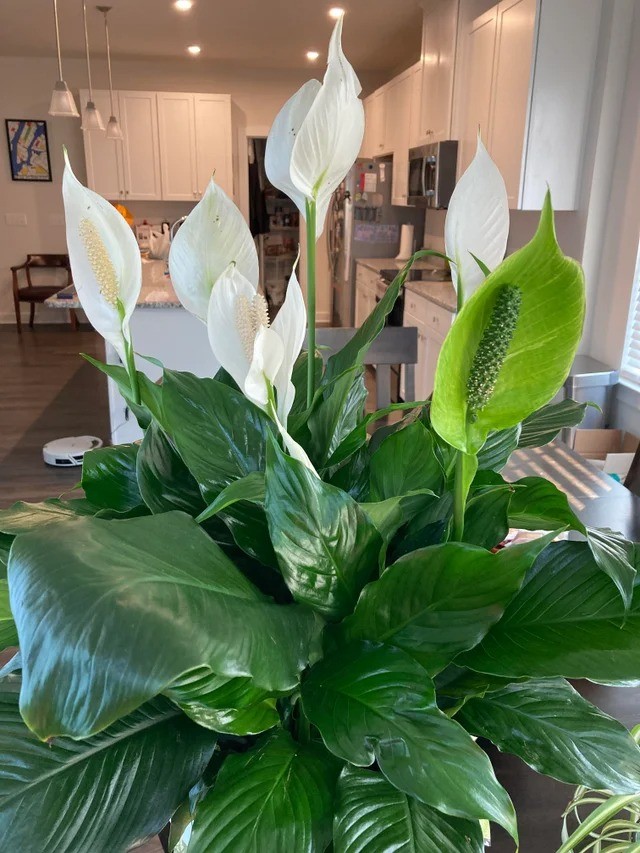
- When watering your spatifillo, use room temperature water. Do not use softened water, as it contains sodium and chlorine which can damage the plant.
- Do not place the pot in places in the house where the plant is exposed to drafts - so, not near doors and windows, for example.
- The leaves of the spatifillo are large and shiny, and inside the house (as well as outside, if you move them in spring and until autumn) they get covered with dust and dirt. They therefore need to be cleaned periodically to help the plant to breathe better. Just moisten a soft, clean cloth, and wipe the leaves, holding the bottom side with one hand.
- At the time of transplanting, take care to loosen the roots, if they have become tangled. Do this with extreme care and patience, moving from the outermost extremities and without forcing the roots or breaking them. This operation, combined with the proper preparation of the soil (which should be rich and well-draining), will help the plant to take root faster, overcoming the shock of the transplant quicker.
Other useful tips
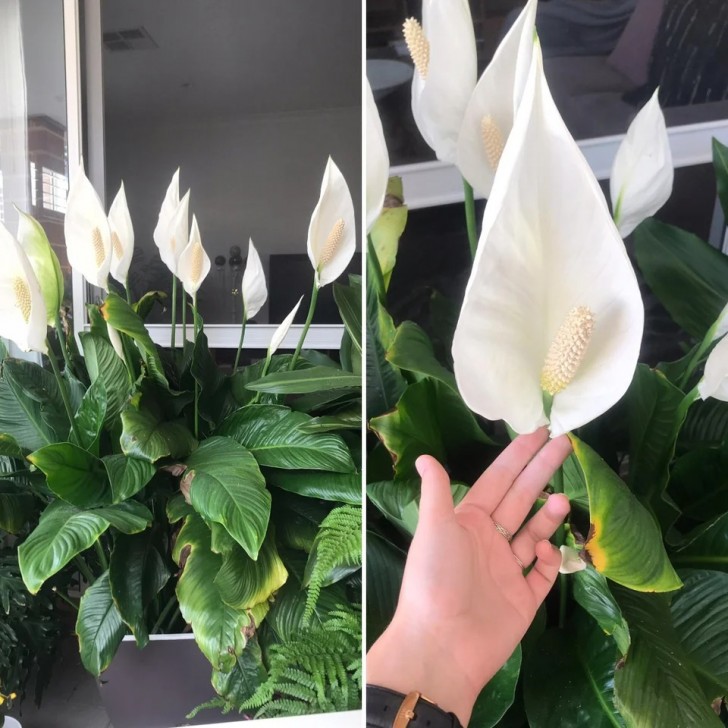
- Exposure and climate: choose a spot with bright light, but be aware that they can adapt (albeit with fewer leaves and flowers) even to less bright spots. The ideal is a temperature between 20 and 25°C in the day, and that of night is around 18°C.
- Irrigation: in summer and in hot periods it should be watered abundantly and fairly often (even up to a couple of times a week), because the earth should always be slightly humid (but not soaked). In winter, on the other hand, watering can also be reduced considerably: however, as soon as you notice that the leaves are losing their vigor, check the soil. It will almost certainly be dry and you will recognize that it is time to water again.
Happy gardening!
